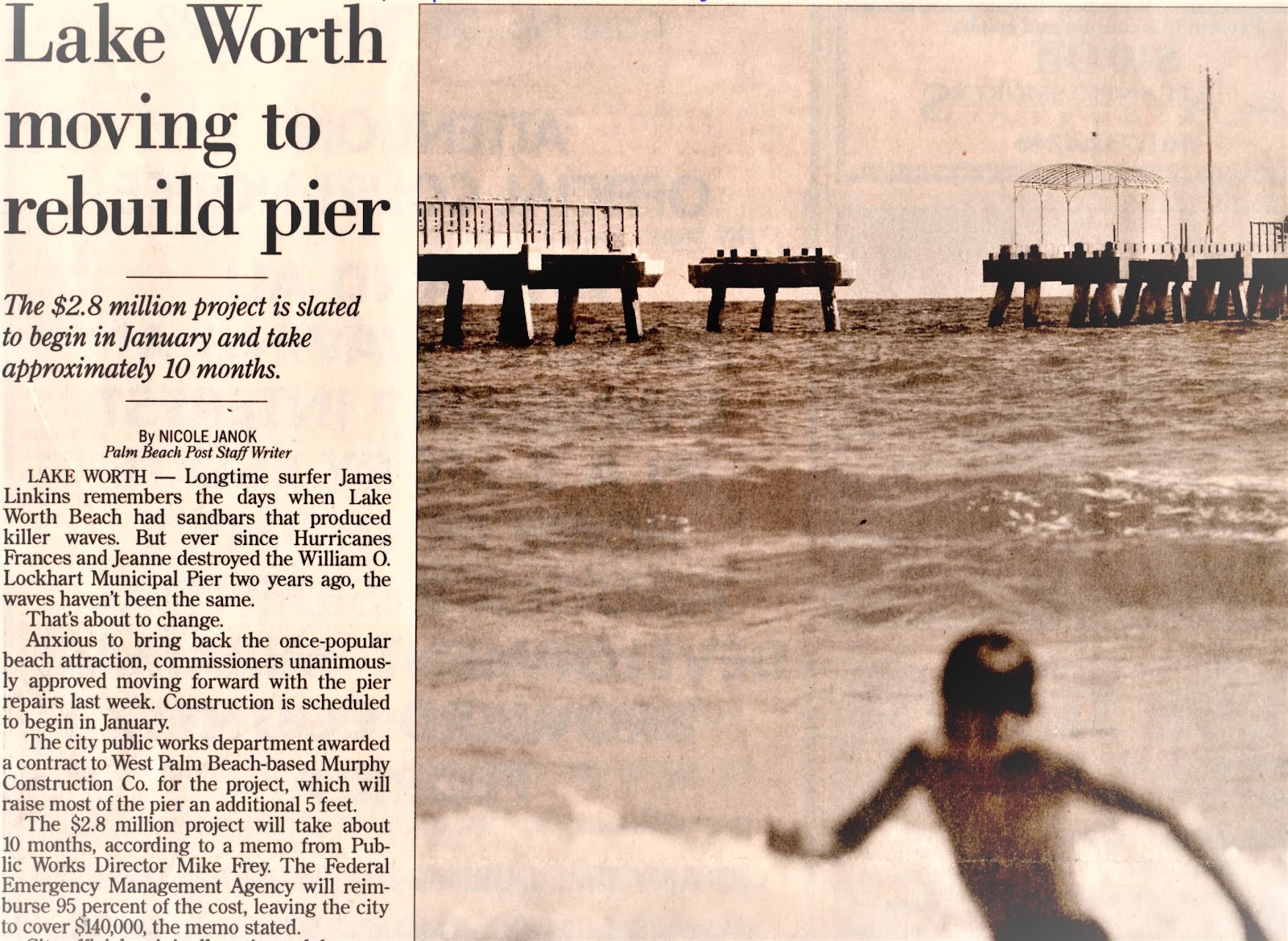Below is a video from this week and a press release that explains this new technology.
The information below is about Lake Okeechobee and a planned strategy to end water releases into the Caloosahatchee and St. Lucie rivers.
Following a press release (see below) from the South Florida Water Management District is a recent video, an explanation by Ansley Marr, the District’s Office Chief of State Policy and Coordination at last week’s SFWMD Governing Board meeting in suburban West Palm Beach.
First, excerpts from the press release headlined, “Emergency Estuary Protection Wells and Their Effect on Estuary Releases During High Water Emergencies” (to read the entire press release click on this link).
West Palm Beach, FL — The South Florida Water Management District has been working around the clock to lower water levels in the water conservation areas to create capacity for sending additional Lake Okeechobee water south, all in an effort to alleviate South Florida’s high water emergency.
“[O]ne of the strategies being explored by SFWMD to reduce releases to the coastal estuaries during
high water emergencies . . .”:
The strategy, known as Emergency Estuary Protection Wells, would use deep injection technology to put water underground into the “boulder zone.” The wells would be used during events like the current situation when Lake Okeechobee has risen so high that the U.S. Army Corps of Engineers has no other option but to release water from the lake to the coastal estuaries [emphasis added] in order to protect residents surrounding the lake from flooding. The water injected using these wells would otherwise have been discharged to the estuaries, where it may cause ecological harm.
SFWMD staff such as Verrastro [Principal Hydrogeologist Robert Verrastro] are working on a plan to build two test wells to prove deep injection technology can be used for stormwater applications. The test wells would help SFWMD gather more scientific data so the emergency wells could be used on a larger scale to protect the estuaries in the near future.
Background:
May’s record rainfall caused Lake Okeechobee to rise more than a foot, which led the U.S. Army Corps of Engineers to begin releases from the lake on June 1 to the northern estuaries. At the same time, this record rainfall inundated the water conservation areas, causing them to rise considerably above their regulation schedules. To combat this, SFWMD continues to take every action within its authority to lower water levels, including storing water on public and private lands. Additionally, every available structure is being utilized and temporary pumps have been installed to move additional water.
Since May 14, SFWMD’s actions have moved more than 44 billion gallons south from lake Okeechobee and more than 205 billion gallons out of the water conservation areas either to tide or into Everglades National Park. These actions will help create capacity to move more water south and reduce the need for estuary releases.
End of press release. Now to the video
produced this week:
An update to the SFWMD Governing Board on September 13th explaining the planning for “Emergency Estuary Protection Wells”, wells using deep injection technology to move water 3,000′ below ground into the boulder zone:





